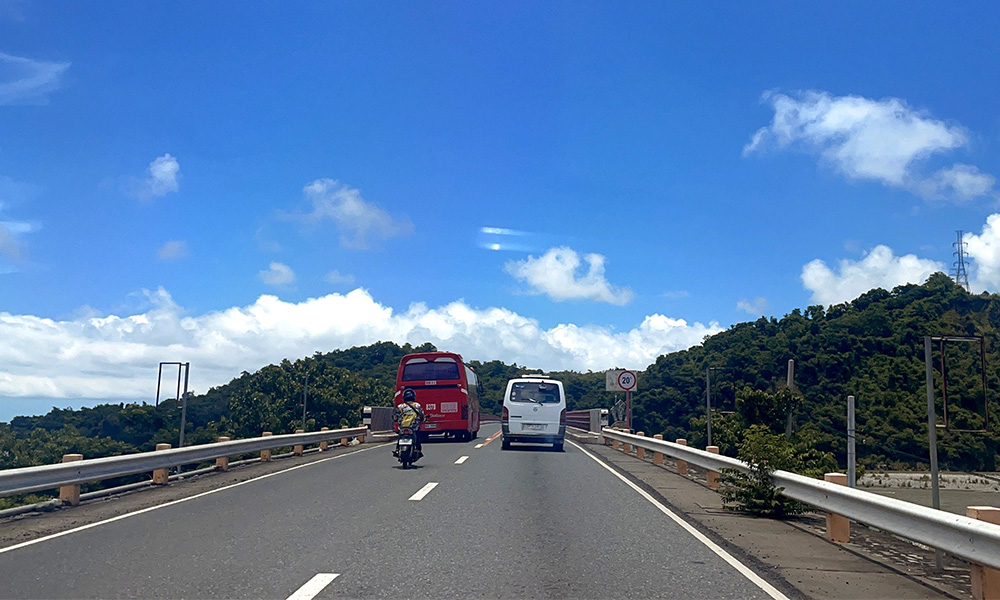
Driving in the Philippines is more than just the activity of getting from A to B. Every time you sit down behind the wheel, you are also going on a journey into the unknown and an adventure you didn’t know you signed up for.
A recent road trip up north gave me plenty of time to observe traffic and the peculiar ways in which it often functions around these quarters. Here are five bad driving habits you’ll come across when driving in the province.
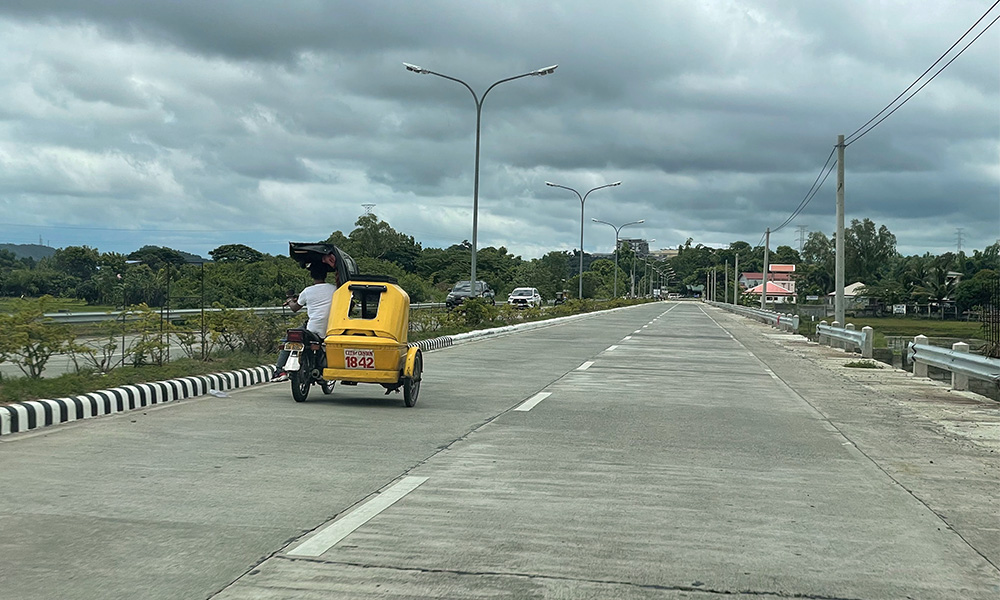
1. The tricycle, Hari ng Probinsya. Correct me if I’m wrong, but there are rules in place that state tricycles shouldn’t use the main roadway on most provincial highways, and instead should drive on the concrete slabbed right whenever possible, correct? Yet somehow, I think not many tricycle riders have received that memo.
Just to be clear: I am not knocking them for doing their job, but playing a mixture of slalom and chicken with three-wheeled daredevils on provincial roads all the time is really tiring. It also puts them and their passengers into a state of almost constant danger, which can’t be a good thing.
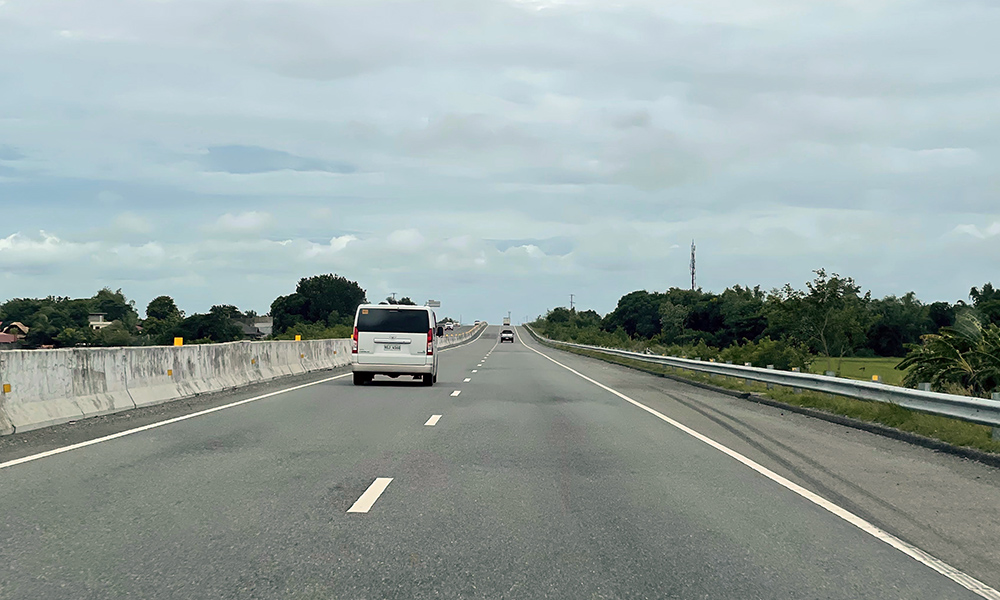
2. Left-lane hoggers everywhere. We took the usual toll roads to go up north to La Union, and along all of them are plenty of signs such as “Left lane for overtaking only.”
I can only assume that some cars must have such dark tint on their windows that they were unable to see the signs. Countless automobiles were happily sitting in the fast lane for ages while going just slightly faster than your average mobility scooter, with drivers seemingly unaware of the fact that they were creating a rolling roadblock.
Back home in Germany, the left lane is sacred ground, reserved for those citizens traveling with increased haste. You may only enter it to overtake and should otherwise stick to the right, especially if your driving style is more Driving Miss Daisy and less Ford v. Ferrari.
Any lane-hogging sinners will be punished severely, either by angry gestures from other drivers or indeed by the police who will pull you over if you block the fast lane. No such luck around here.
Please don’t tootle about in the left lane on TPLEX, SLEX, and others. It’s really frustrating, and leads to the behavior described in the next point.
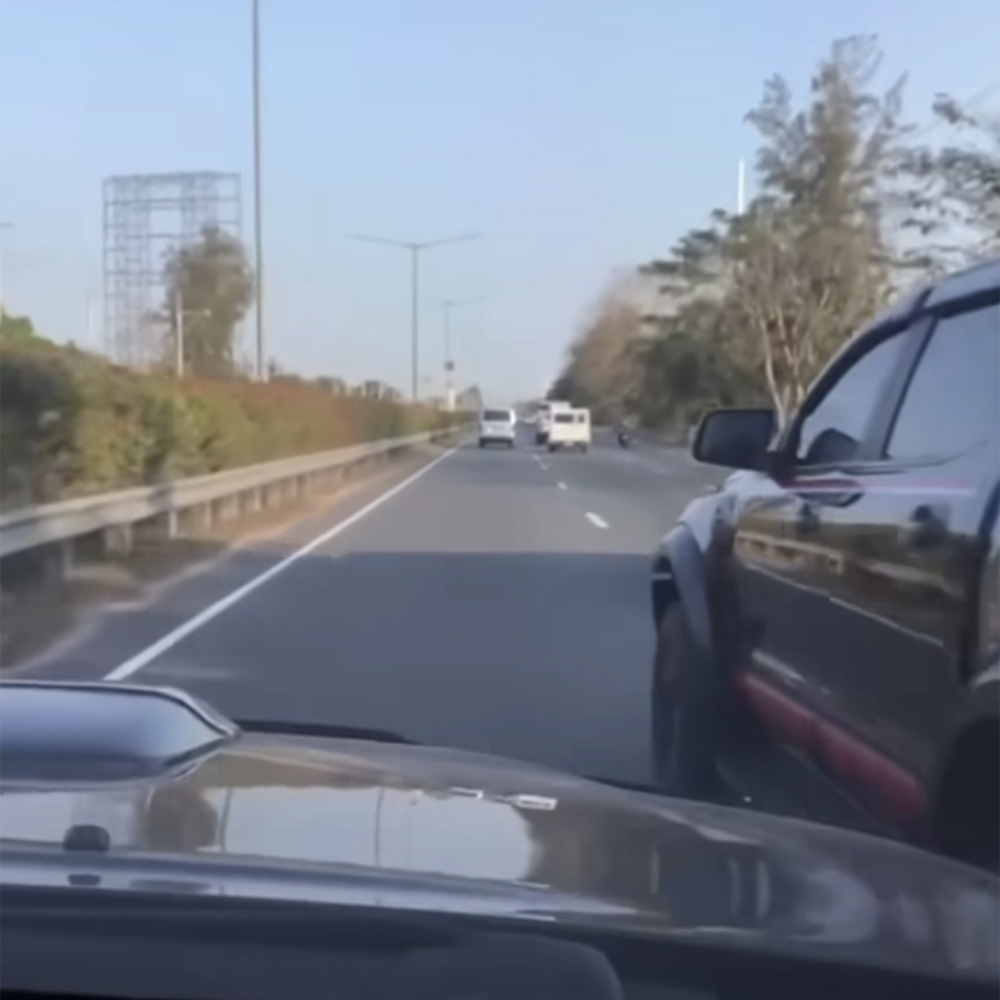
3. Overtake, undertake, any take! The generally accepted rules of the road state that you should overtake any slower vehicle on the left. That rule, like many others, seems to be more rough guidance than actual law.
We saw everything—from frustrated drivers overtaking left-lane hoggers on TPLEX on the right, to buses and trucks taking to the often less-than-safe concrete strip on the right to dart ahead of whatever was in their way. Some drivers even went into full-on beast mode and performed an impressively stupid version of slalom through traffic on TPLEX.
The reason this is stupid is the fact that your time savings stand in no relation to the additional risks you are subjecting yourself and the other people around you to. Arriving one minute earlier at your destination is simply not worth risking a crash and writing off your car (or worse).
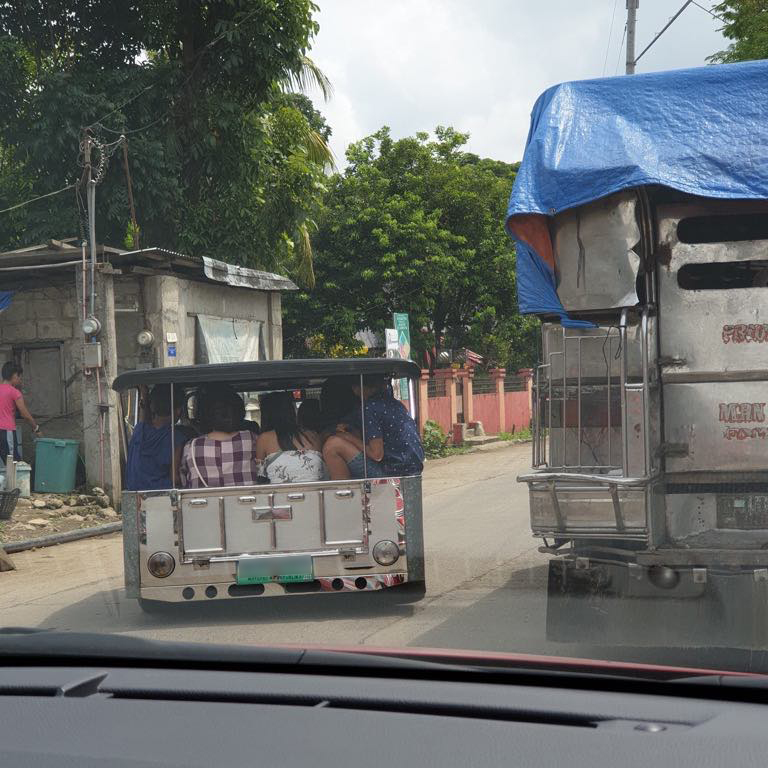
4. Safety? Where we are going, we don’t need safety. Closely related to the above point on overtaking is the next perplexing fact: Filipino drivers often seem to have an unhealthy disregard for their own and the safety of other humans around them.
This starts with minor things like not stopping for pedestrians crossing the road (on marked crossings), and culminates in a driving style I like to call kamotikaze, where kamote and kamikaze mindsets unite to make things real interesting on the road.
The latter is most often observed on provincial roads, where seemingly everything goes. Overtake into blind bends, over crests, or when there’s traffic coming the other way? Not a problem when you’re in full kamotikaze mode.
And it’s not just private cars going full-on crazy. I’ve seen a bus overtake over a blind dip on a bridge, a truck race another truck down the road from Baguio, and of course, plenty of UV Express MPVs and related people carriers giving it the beans in ways that must have terrified the poor passengers onboard.
Please believe me that whatever time-saving you think you’re achieving by turning into a suicidal sweet potato is not worth it. The only thing that matters is that you arrive safely.
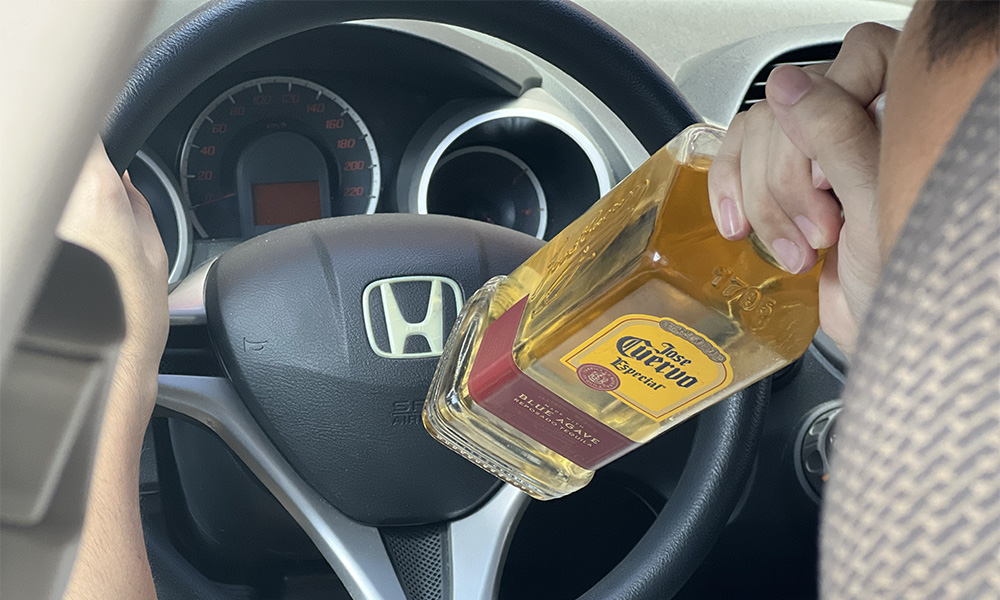
5. Drunk driving is still a thing. Drunk driving is illegal in the Philippines, and has been for quite a while. Unfortunately, it still seems to happen a lot—in the metro and out of town.
Some would argue that driving under the influence along province roads is actually more dangerous than negotiating Metro Manila’s streets while totally hammered, but both scenarios are simply wrong.
There still hasn’t been a sufficiently big cultural shift when it comes to drunk driving. As long as it’s still accepted by society, it will never really change. Which is a shame.
My own rule is very simple: If I had any alcohol at all, I’m not driving, and neither should you. Even driving the next morning can still carry risks. It’s simply not worth it.

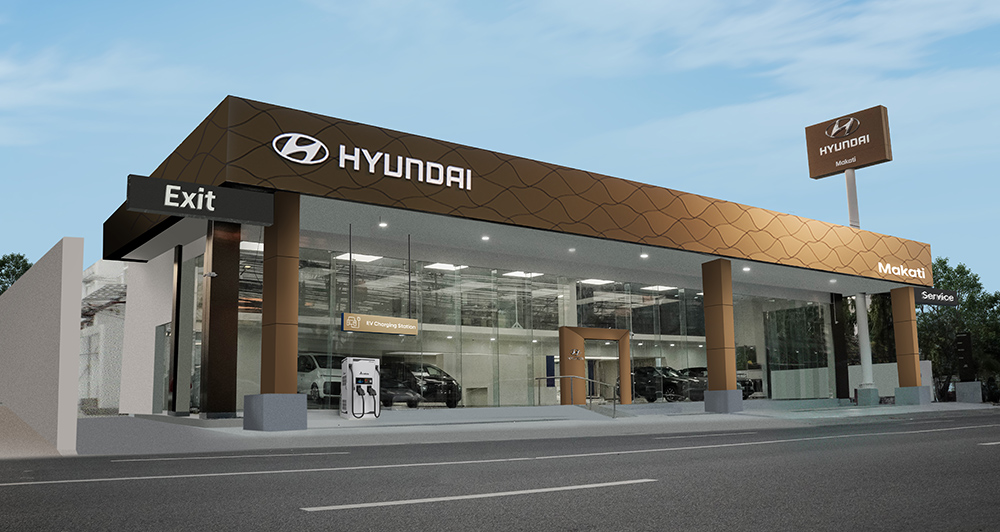
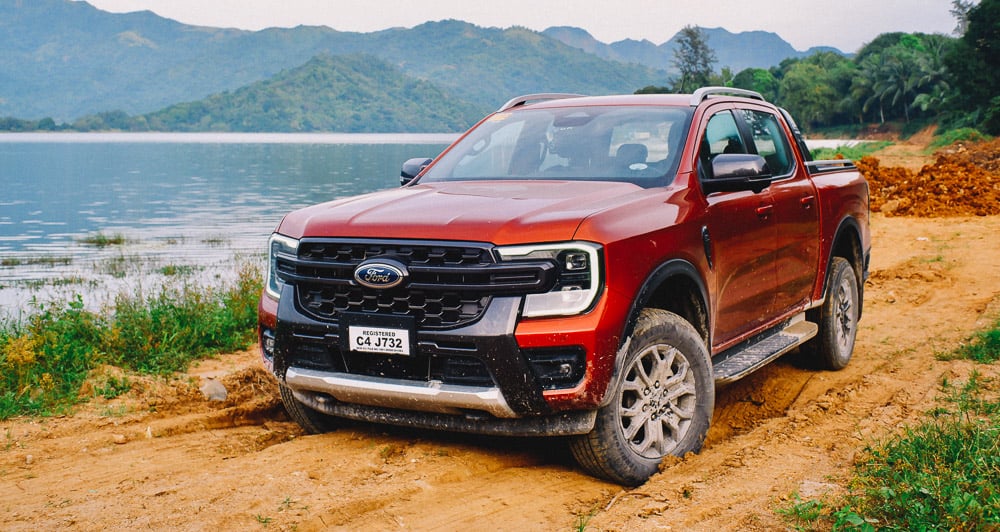
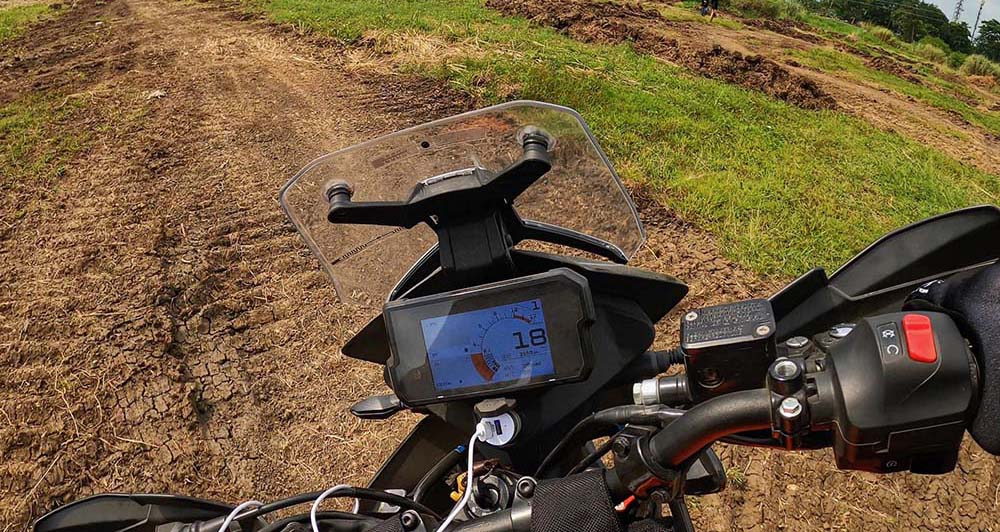
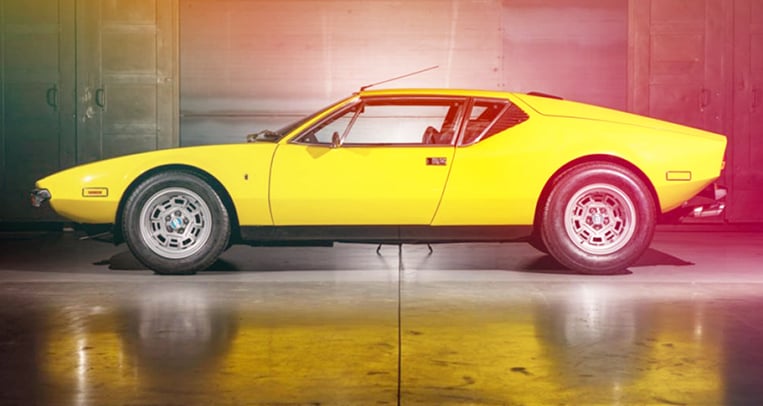
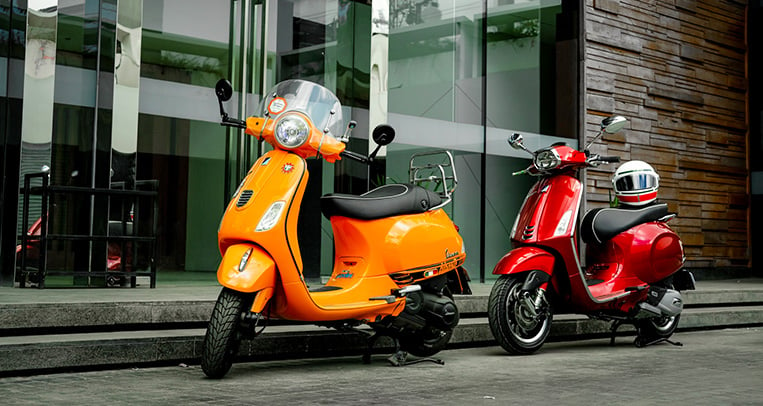
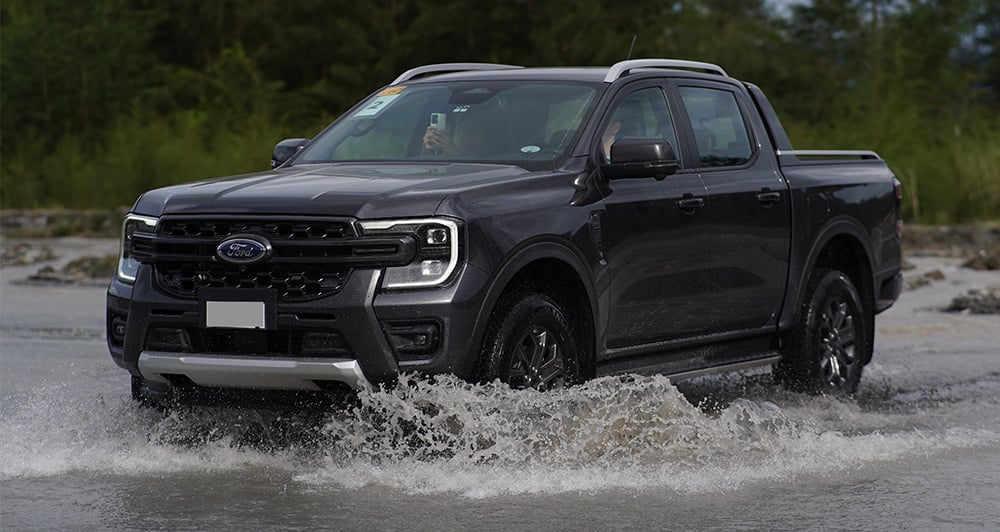


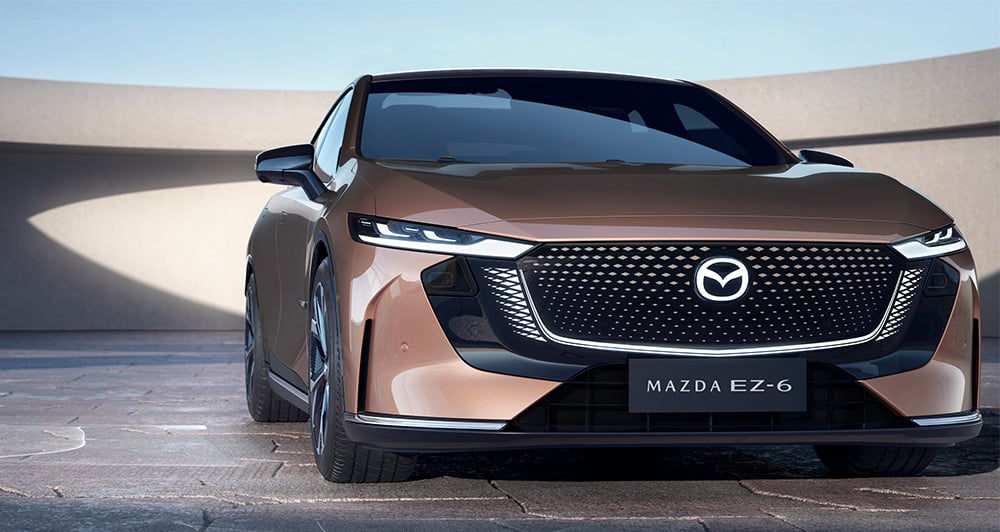
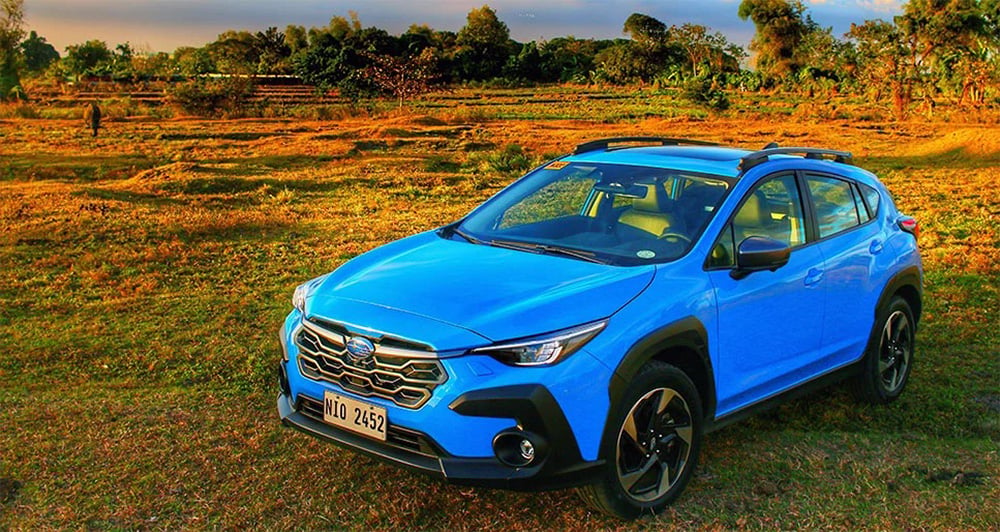
Comments